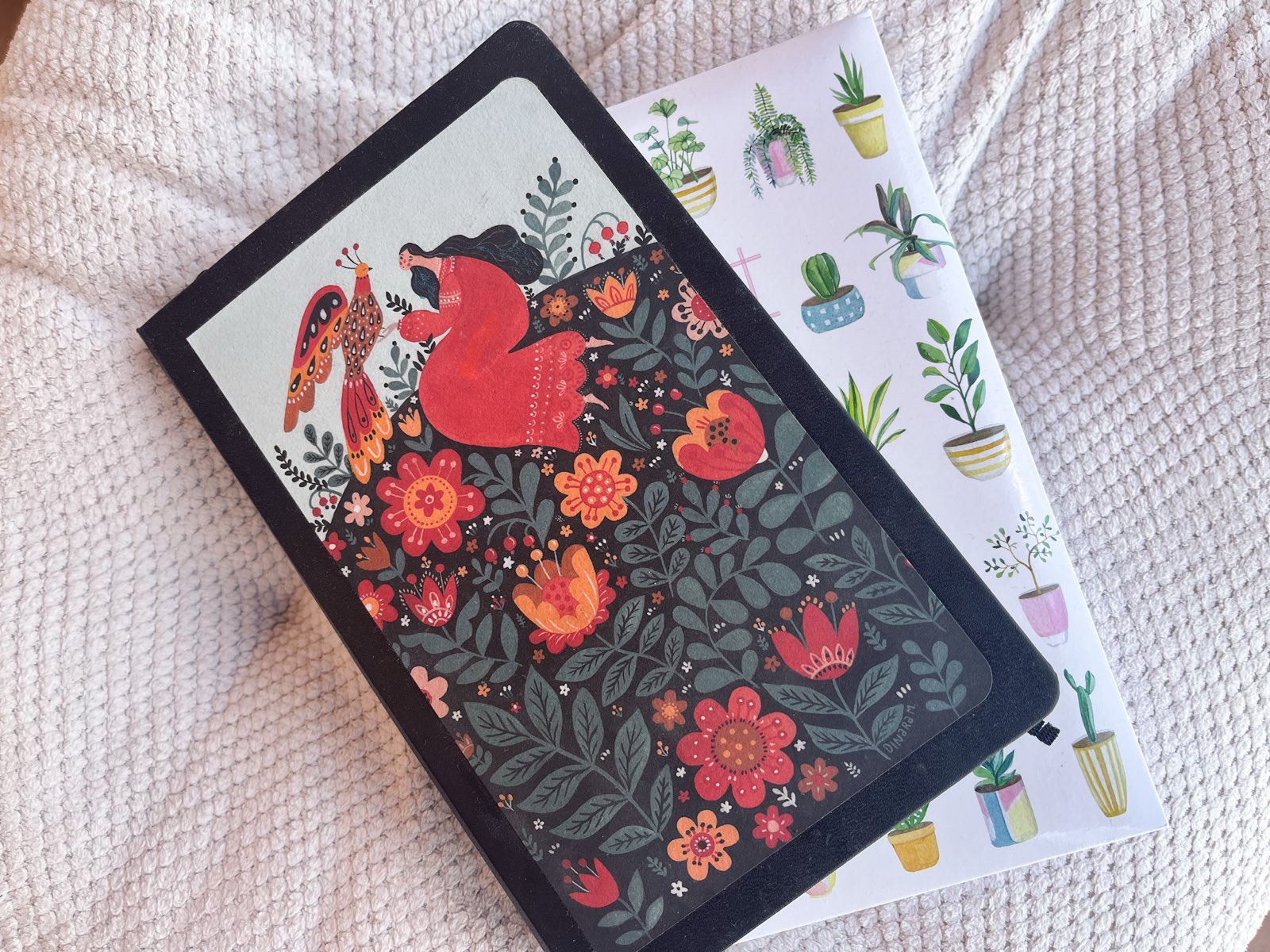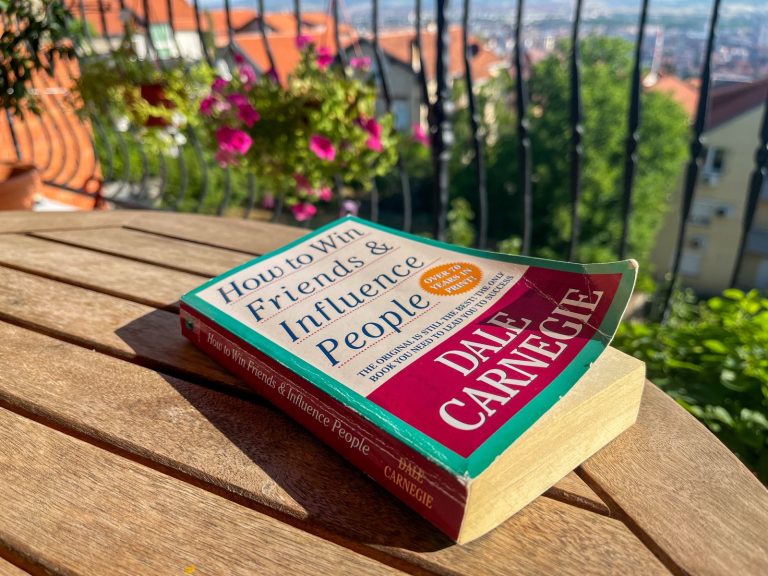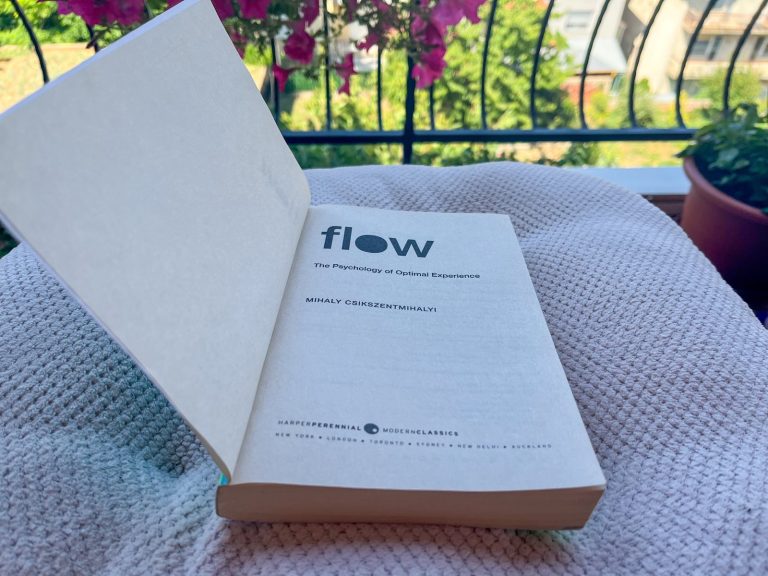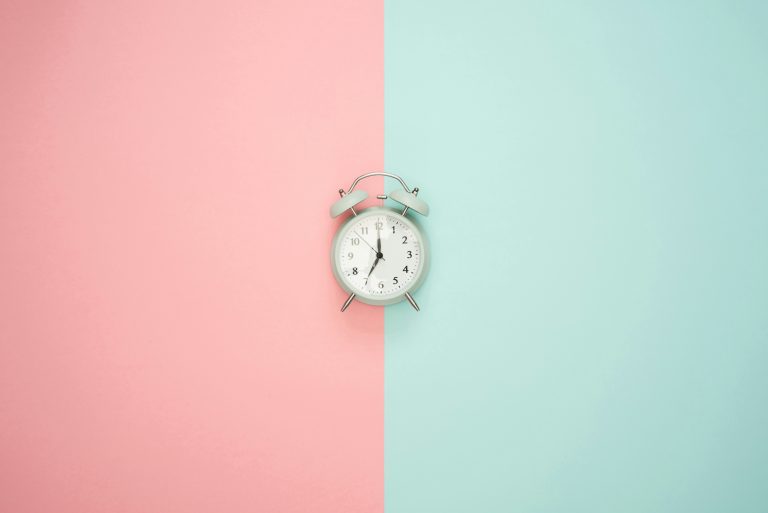What is a guided journal?
A guided journal is a notebook or book filled with prompts and questions designed to help guide your writing. It provides structure, direction, and focus for personal reflection and self-exploration.
Through the use of guided questions, it helps you identify patterns, explore goals and values, uncover memories and emotions, create clarity and insight, and navigate challenging decisions.
If you have just started journaling, you may be wondering if you should invest in guided journals. Some are not that cheap and are constantly promoted on social media. But do you really need them?
What are the benefits of guided journals?
There are several benefits of these types of journals:
- They provide clear instructions on what you need to fill in
- Often they come with nice designs and with motivating quotes
- They are easy to complete, so that takes away any obstacles to prevent you from introducing the habit of journaling
- They help you gain clarity, discuss goals and values, and make decisions
What are the downsides of guided journals?
There are several downsides of guided journals you need to keep in mind:
- They are good for beginners, but can be limiting for someone who is used to journaling
- They can become repetitive and rigid
- They are usually pretty expensive
Types of Guided Journals
There are several types of guided journals to choose from:
- Gratitude Journals: Give you prompts to express daily gratitude and appreciate things you already have
- Mood Tracking Journals: Allow users to track their emotions, energy levels, and physical health over time.
- Goal-Setting Journals: Offer prompts to help make plans and set goals for life and work.
- Reading Journals: Provide a list where you keep a record of books you read, a page where you can review the books, a daily reading tracker, reading challenges, and so on.
- Guided Writing Journals: Support exploration around emotions or life changes through self-inquiry prompts.
At the moment, I am using 3 journals. The gratitude journal that I use in the morning, the reading journal that I use to write down the most important ideas from a book, and a planner that I use to write down daily tasks.
Of all three, the only guided journal is my planner. It has nicely devised task lists per day of the week, and that helps me have a clear view of my weekly obligations.
Do I use a guided journal?
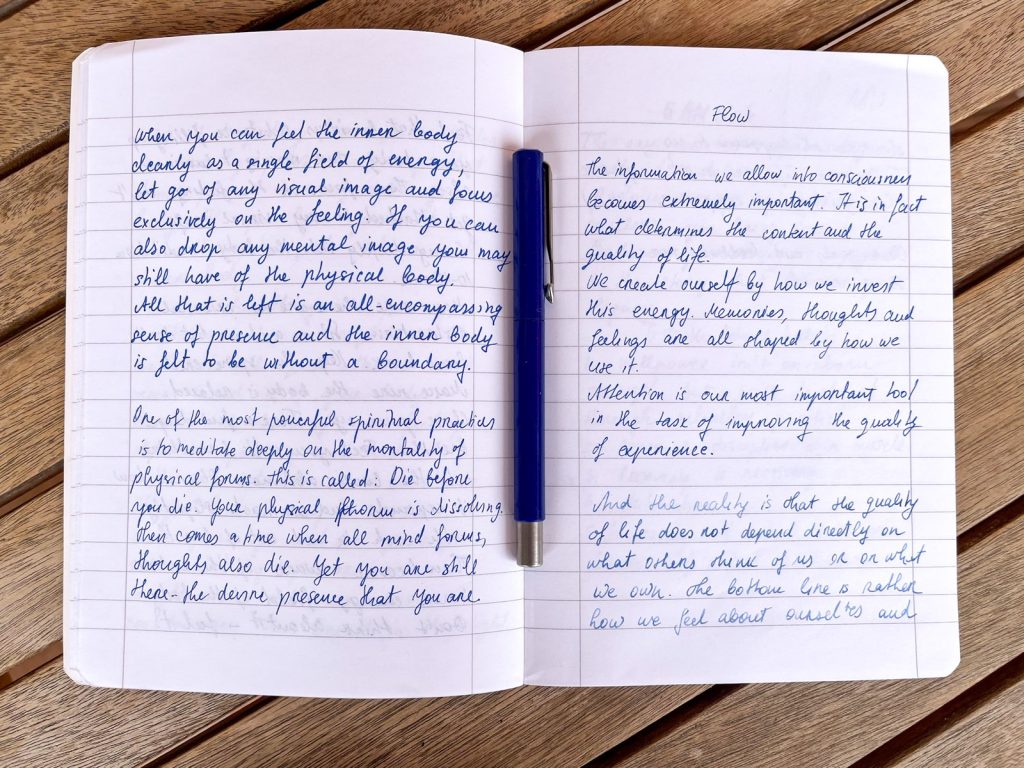
As discussed above, I do not use a guided journal other than my planner. I used to use one when I was young. I enjoyed answering prompts and filling in pages.
But now I enjoy the blank page of my notebook. I find that liberating, that I can write 1 page today, and the next 2 pages if I want to.
I like that I can create my own journal according to my own needs.
I like free forms, and I do not like rigid structure. So for me, an empty notebook is the best. I can fill it in the way I want to. That makes my notebook a bit messy, but I don’t mind it.
Tips for Starting Your Own Guided Journaling Practice
You can start journaling with an empty notebook and a pen.
That is really all you need to start.
If you like to have more structure, but would not like to invest in a guided journal, then you can create your own!
By printing free printable guided journal pages you can find everywhere online, you can create your own journal for a few dollars.
But the key here is to be consistent with your journaling practice.
How to introduce the habit of journaling?
As with any new habit, you need to carefully plan how and when to do journaling, in order not to quit after a few weeks or months.
Here are some tips that worked for me:
start small
As I learned from Atomic Habits, it is important to start small. Do not plan out one-hour sessions of journaling, but start with 5-10 minutes every morning.
That is something that you can do in the long run, and it will not take up too much free time. I journal for just a couple of minutes every morning in my gratitude journal, and then I have a short afternoon session in my reading journal.
set a time and place for the journaling session
I like to set a particular time when I will do journaling. For me, that is early in the morning, when I sit down at my desk.
If I do not do it right away, chances are I will forget to do it later.
stack the journaling habit with other habits you enjoy
That is a great tip from Atomic Habits again, and I find it particularly helpful. I stacked my journaling habit with my first coffee of the day.
So I sit down with my coffee and take out the journal. This ritual is very simple, but enjoyable, so I never forget to do it.
Leave your journal on your desk to remind you to use it
My journals are always on my desk in plain sight. That reminds me to use them whenever I can.
Do not hide them in the drawers; keep them on your nightstand, work desk, or in your bag if you are on the go.
track your journaling progress
Whenever I try to introduce a new habit, I find that tracking my progress gives me a lot of motivation to persist and stay on track.
I use my planner for that, and every day I just write “√” or “-” depending on the case:
- journaling √
- exersize √
- vitamins √
- water –
It’s such a nice feeling when you look back at your week and realize that you were consistently journaling without fail.
Best guided journals
I compiled a small list of some of the best guided journals out there. But before you purchase, make sure take a closer look at the pages inside and whether the structure of the journal really suits you.
You may like to write longer sentences, need more space to express yourself, so it would be a waste to spend 30$ on a journal that you cannot use.
Here are some key aspects you need to think about before buying:
- Pick a guided journal with the right theme for you. The best place to start is to choose an aspect of yourself or your life you’d like to work on right now. I am trying to work on my mindset so I am using a gratitude journal.
- You want ones that have prompts like “three things you’re grateful for” or ask simple questions that get you thinking, but don’t overwhelm you.
- Think about how much time you can dedicate to journaling. Some journals are designed for daily check-ins, while others are more in-depth and reflective.
- Pay attention to prompts and whether the style suits you. Flip through sample pages, if possible, do the questions make you feel inspired or engaged?
- Pay attention to the flexibility of the guided journal. A good guided journal will give you prompts for writing, but also space to explore your thoughts more freely.
The Five Minute Journal

I like the fact that The Five Minute Journal encourages you to journal just 5 minutes every day, which is doable for all of us. I also like that it has a minimal design, nothing too bold or in your face.
The pages inside are simple, with inspiring quotes, and it really just takes minutes to fill them in. But as with any gratitude journal, focusing on your blessings and positive aspects of your life can boost your mood, productivity, and motivation at the start of the day.
Clever Fox Self-care Journal
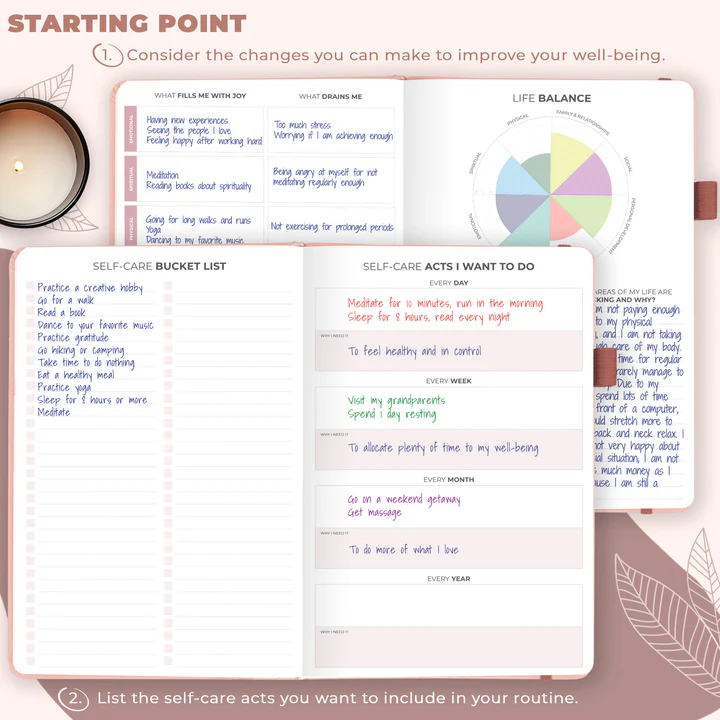
This journal focuses on self-care for 3 months. It is supposed to help you build a better mindset with prompts, open-ended questions, wellness trackers, and many other tools.
I like the colors they use and the elegant style. You can also return it within 60 days if you do not like it. The journal is beautifully designed and offers plenty of space for daily reflections, mood tracking, and personal growth exercises. The layout is easy to follow, but some users complain that the font size could be bigger.
Final Thoughts
I recommend guided journals to users who want to have a clear structure on the page and like to reply to prompts.
If you are already journaling, then you know that it is hard to find a guided journal that completely fits your needs.
In that case, it is better to either create your own guided journal or simply use an empty notebook and journal any way you want to.
I also find guided journaling useful for particular journaling needs, like reading journals, goal planners, or self-care journals. They have a better overview than simple notebooks, and you can go back and find whatever you need.
Related posts
How to start manifestation journaling
How to start a reading journal
